Documentation is still a work in progress. Project logs written so far:
Log 1 - Motivation
As the project description emphasizes, this SAO is kind of ridiculous.
I'll be the first to admit that the feature list above grew a bit out of hand. The SAO has ended up closer to a badge than it has to any other SAO I've ever designed (I guess the main thing missing is a SAO port? 🤔).
You could argue, and you'd probably be right, that the only things really needed on this SAO are the four capacitive touch pads, and possibly the i2s amplifier. The badge could do the rest. But in my opinion "the SAO" (as a concept) is at its strongest when you can give it away to someone, they can plug it in, and it will start doing its thing.
Log 2 - First Prototype
I pretty quickly landed on the idea that I would be doing a vinyl record that could be touched to control the playback speed of a beat, to create the classic "wacka-wacka" record-scratching sound of the late 20th century.
The problem of course, was that I've never done capacitive touch (either in hardware or software), I've never done software for audio use, I would have to fit everything within the physical constraints of the contest (40x50 mm), and I initially wanted to do it on a cheap Chinese microcontroller that did not have a hardware peripheral for I2S to talk to the amplifier. I could bit bang that though. Or so I thought.
Log 3 - A working prototype
My initial, cheap and simple, design idea had failed before I even received the boards I had ordered. I had to start over, but the time was running out.
As the first prototype had stopped at the first possible roadblock (I2S streaming) and there were many more unknowns I hadn't bothered checking yet (flash size for sound file and touch-pad sensing, among others) I felt like spending time finding another cheap MCU, with an actual I2S peripheral, would be risky. I instead embraced my inner over engineer and went full overkill.
 Applied Procrastination
Applied Procrastination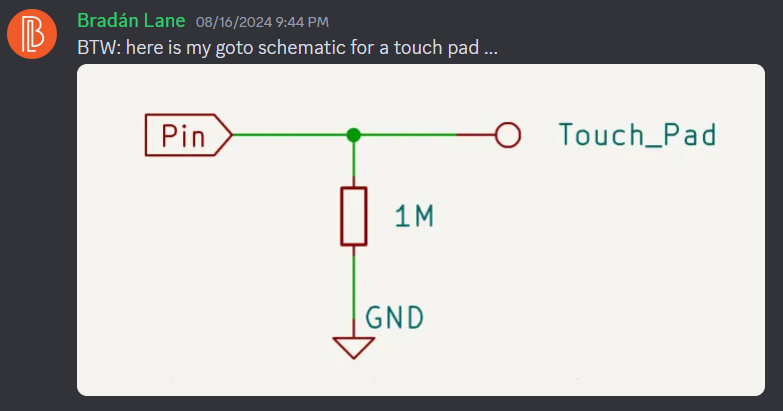
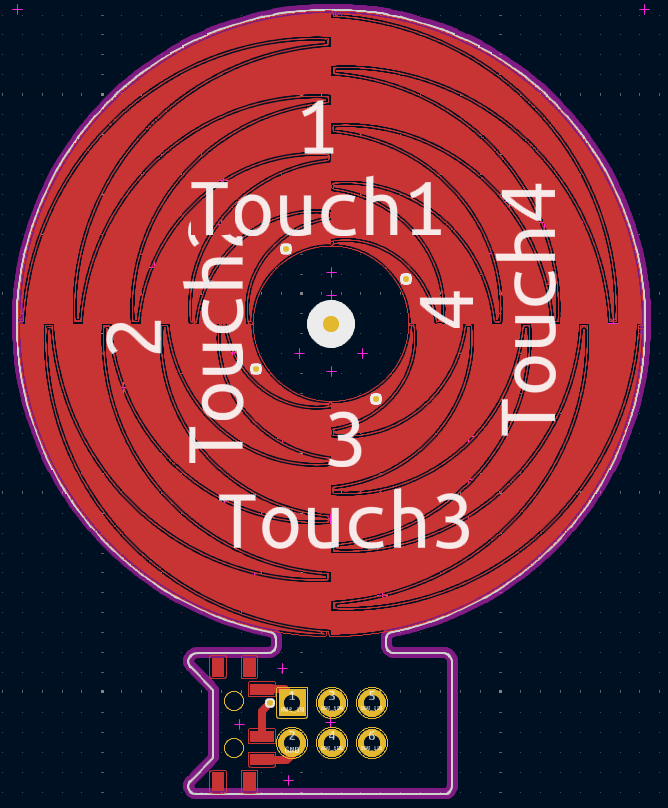

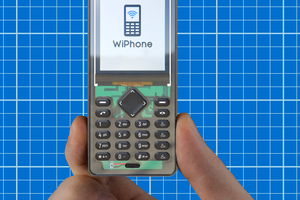
 stupid
stupid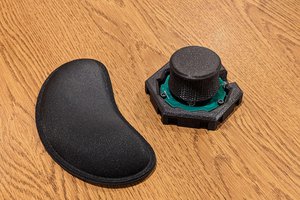
 colton.baldridge
colton.baldridge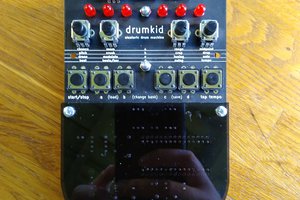
 Matt Bradshaw
Matt Bradshaw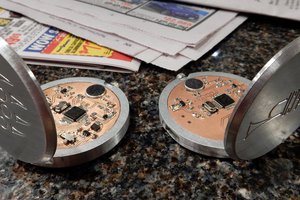
 dbtayl
dbtayl
Thanks for this info . https://www.yourtexas-benefits.com